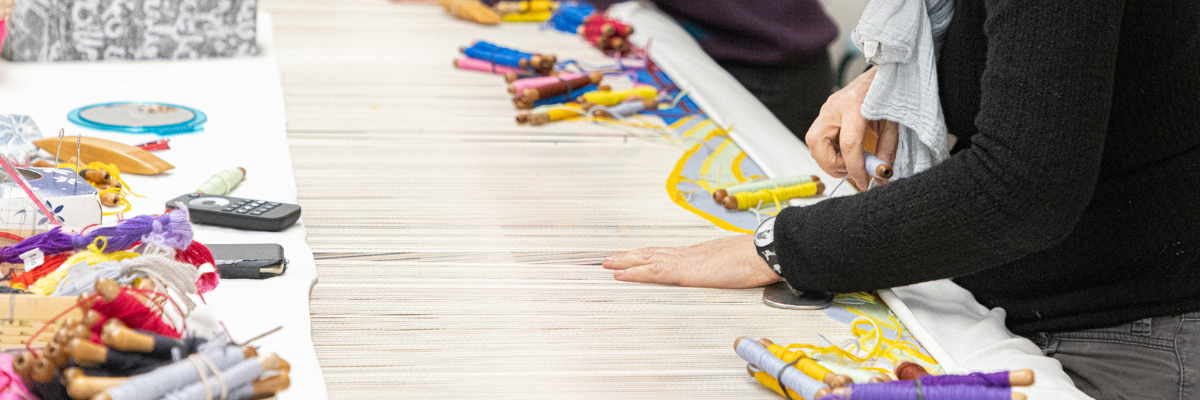AUBUSSON TAPESTRY
Aubusson tapestry [UNESCO inscription 4.COM 13.39, 2009] consists of weaving an image and is an international Gold Standard. Products are large decorative wall-hangings, rugs, and furniture coatings
Aubusson Tapestry, Six Centuries of History
Aubusson tapestry is manufactured in Aubusson, and the term often includes similar products made in the nearby town of Felletin, whose items are frequently treated as “Aubusson.” The industry likely developed soon after 1300 on looms in family workshops, possibly already operated by the Flemings mentioned in documents from the 16th century. Felletin is identified as the source from which the Aubusson tapestries in the inventory of Charlotte of Albret, Duchess of Valentinois and widow of Cesare Borgia (1514), originated. A centuries-old tradition, the craft of Aubusson tapestry involves weaving an image using processes practiced in Aubusson and several other localities in the Creuse region of France. This craft primarily produces large decorative wall hangings but also rugs and pieces of furniture. Aubusson tapestry can be based on an image in any artistic style, prepared by a paper ‘cartoon’ (template) designer.
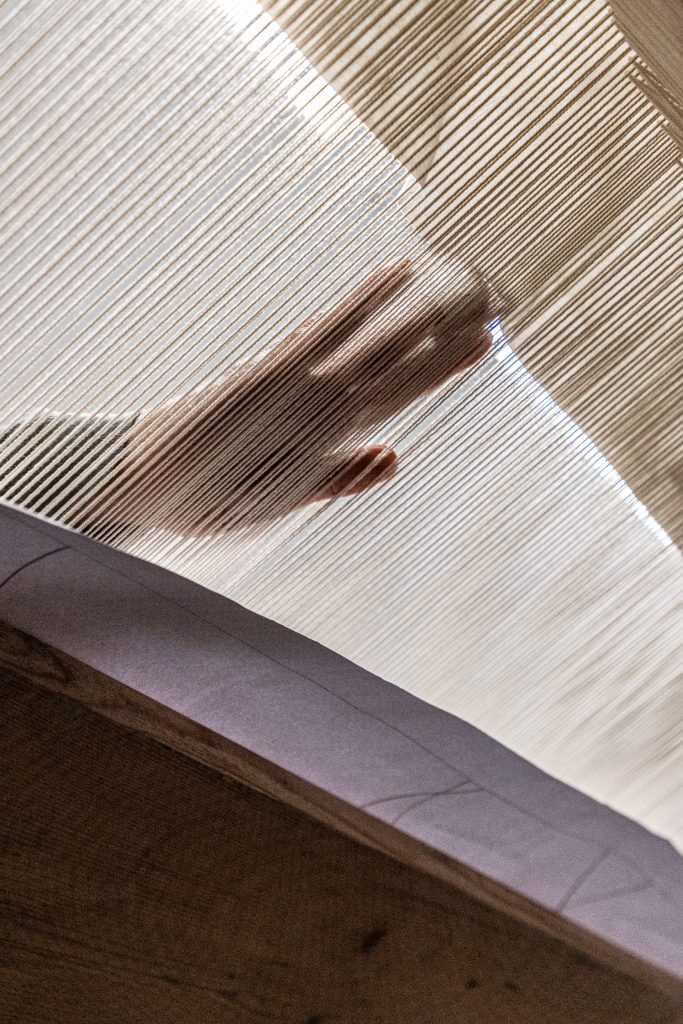
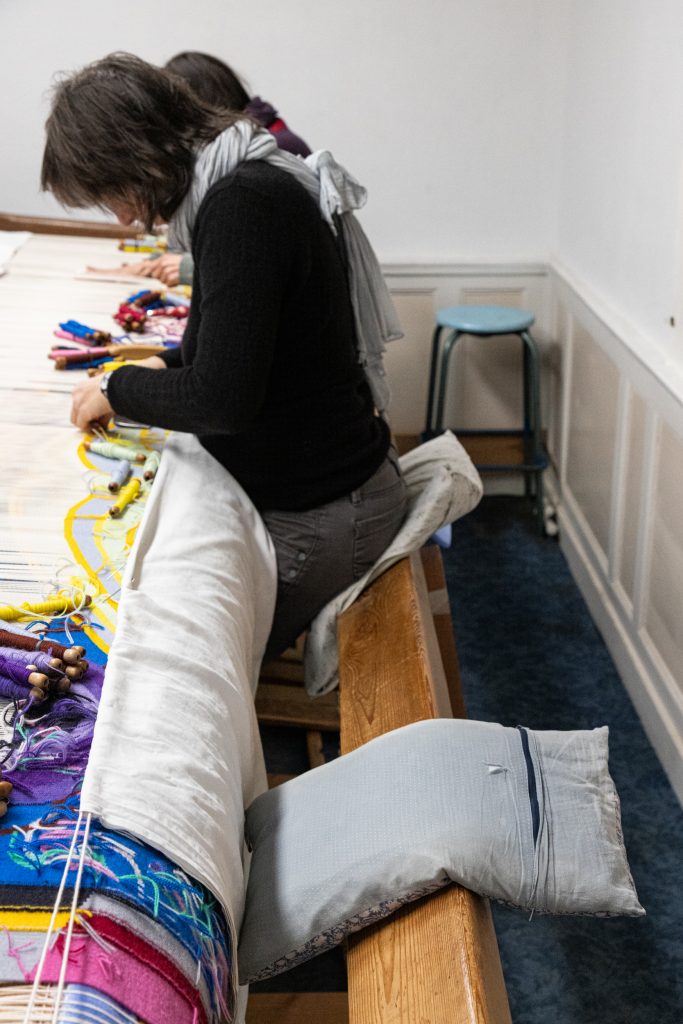
Figure 1. Thierry Caron (2023), Lissières workshop in Aubusson. Figure 2. Thierry Caron (2023), Lissières workshop in Aubusson.
Origin
Beyond the myth, the first certain mention of tapestry workers settled in Aubusson’s surroundings, in the nearby town of Felletin, dates back to 1457. Even back then, Aubusson tapestry was close to the aesthetic and artistic evolutions of its time and followed the fashion of the Millefleurs, asserting its identity with a rustic and precise weaving. The 16th century is marked by the greeneries « with cabbage leaves », wild and monumental landscapes populated by real or fantasy animals. The verdure hangings, which styles evolve with fashion, create great interior landscapes, and impose themselves as a great force of Aubusson production.
17th Century, The Royal Manufacture
In the 17th century sentimental novels met with great public success. The cartoonists of the region assist this popularity by offering a series of tapestries drawn from the illustrated editions of these works.
The quality of Aubusson production is recognised and regulated by the Royal Administration, and the workshops of Aubusson are granted the title of Royal Manufacture of Tapestries in 1665. Contrary to what this title might suggest, the production is not gathered in a unique manufactory but it is spread in a multitude of independent workshops… a specificity that continues nowadays!
18th Century, Fine Tapestries for International Market
After a troubled period due to the revocation of the Edict of Nantes, the Royal Manufacture was deeply reformed. With King’s painter Jean-Joseph Dumons, Aubusson tapestry adopted a lighter style, fashionable in Paris. This fine and coloured style, very decorative, meets a great success and offers a new stimulation to Aubusson tapestry
19th Century, Great Manufactories
Great manufactories, ruled by tycoons and gathering all the crafts and jobs associated with tapestry, present their best creations at important decorative arts exhibitions. Rugs and upholstering ensure the profitability of these manufactories. Meanwhile, tapestry follows the numerous artistic movements of the century, turning more and more into an imitation of painting.
The National School of Decorative Arts and the Revival of Aubusson Tapestry
In 1884, the National School of Decorative Arts was created in Aubusson. From 1917, director Antoine Marius Martin initiated a true revival of Aubusson tapestry. Adopting the modernity of post-impressionist artists and rejecting the imitation of painting, he defines a new aesthetic, inspired by mediaeval tapestries, using a reduced chromatic scale, bigger threads and a more visible weaving technique. Jean Lurçat, an already well-known painter emerging from the surrealist movement, gives an impulse to the workshops’ activity, carrying along a whole generation of painters inspired by his works.
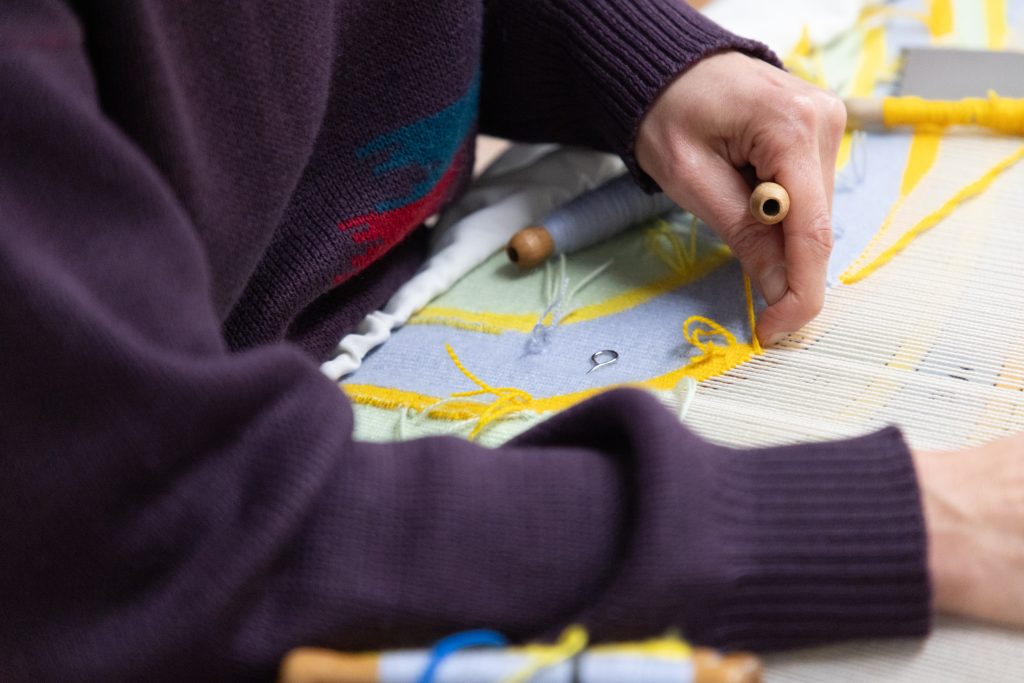
Figure 3. Thierry Caron (2023), Weaving process – detail at Lissières workshop in Aubusson.
Great Artists in Aubusson
This revival of Aubusson tapestry, built on strong new technique and aesthetics, attracts the greatest artists of the 20th century.
Marie Cuttoli, editor and avant-garde collector, orders cartoons to the likes of Picasso, Braque and Le Corbusier, who find in Aubusson tapestry a medium that fits their aspirations. This movement is carried on by cartoonist Pierre Baubouin, who transcribes in textile language the works of these artists.
Aubusson’s unwavering link with art of its time is nurtured by the Cité de la tapisserie through itsactions for contemporary creations.
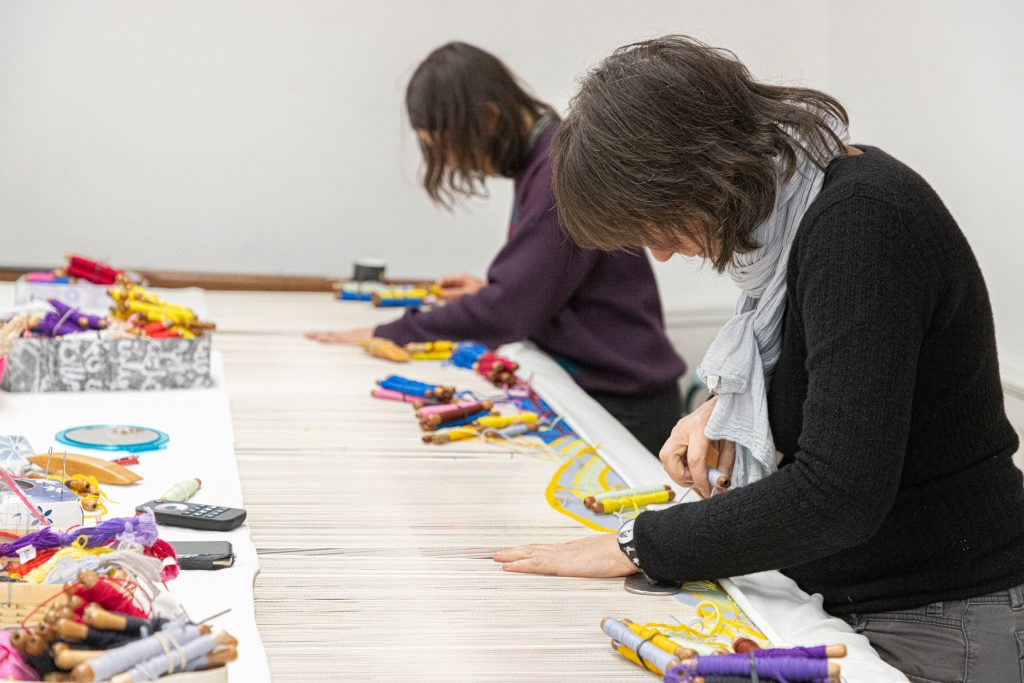
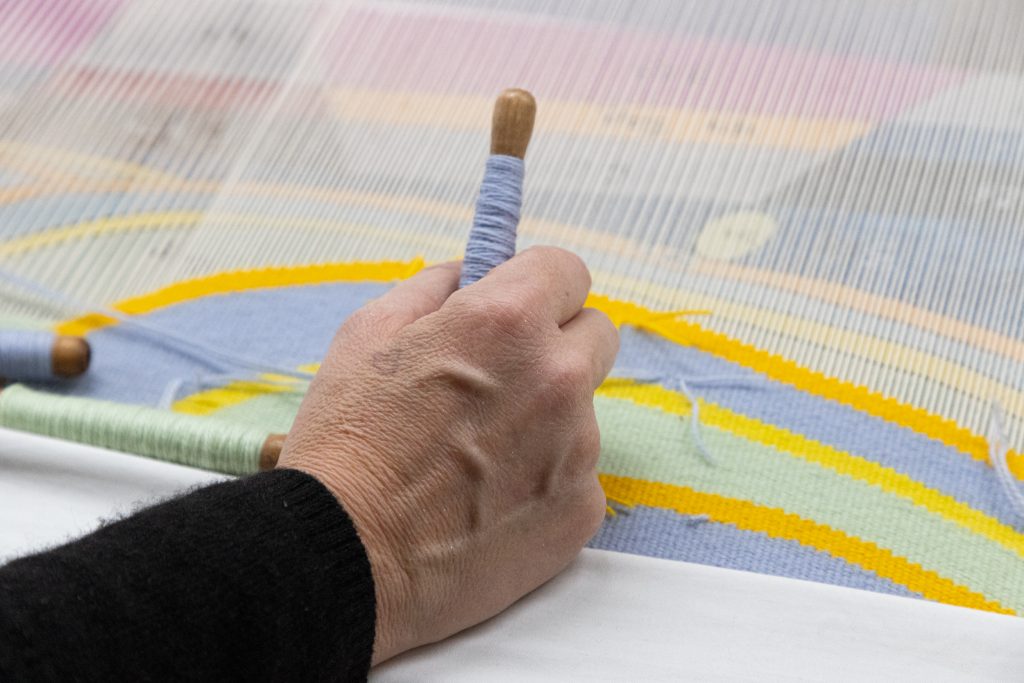
Figure 4. Thierry Caron (2023), Lissières workshop in Aubusson. Figure 5. Thierry Caron (2023), Weaving process Lissières workshop in Aubusson.
Aubusson Tapestry, Intangible Cultural Heritage of Humanity
The process that led to the inscription of Aubusson tapestry on the Representative List of the Intangible Cultural Heritage of Humanity took place between 2008 and 2009. It was led by Bernard Bonnelle, the sub-prefect of Aubusson, in connection with the departmental museum curator. The authorities had the will to face the fragility of the sector and ensure the transmission of a
craftsmanship that was in jeopardy. The recognition of Aubusson tapestry’s craftsmanship relies on two essential lines:
- The presence of a professional community that remains complete after more than five centuries of existence. All necessary skills to produce an Aubusson tapestry can be found on the territory. The professional community includes two spinning companies out of the four remaining in France, dyers, three manufactures, eight workshops, cartoon painters, restorers, etc. All this with a strong particularity : in a small territory, the craftsmanship is enriched by the exchanges among the professionals who compare and test, accumulating a collective experience.
- The interpretation / adaptation work done by the weavers starting from the artist’s model. Producing a tapestry is a « four-hand process », arising from the exchanges between the creator, originator of an artistic intent, and the weaver, who holds the expertise.
September 2009, General Assembly of UNESCO in Doha
Aubusson tapestry is officially added on the Representative List of the Intangible Cultural Heritage of Humanity. For public authorities, the Cité internationale de la tapisserie with its various components (professional training, museum, contemporary creation, support of the tapestry sector) is an appropriate response to this UNESCO label. This label seems to be a very positive factor for the successful outcome of the project. Indeed, it drives strong ethics of working that give greater responsibility to the actors involved in order to build an unifying project.
How tapestry developed?
The Evolution of the Painting-Tapestry Connection
The connection between painting and tapestry dates back to 1476 when the first tapestry weavers emerged in Belgium. Initially, painters disapproved of weavers creating their own designs, known as cartoons. Tapestries were originally crafted to resemble paintings, leading to the development of traditional techniques. In the 1500s, painters and specialised glazers were
hired to enhance and define lines on woven tapestries. This practice emerged due to the perceived inadequacies of tapestry cartoons.
During the Renaissance in the early sixteenth century, there was a growing demand for tapestries to closely mimic paintings. This resulted in a new art form that essentially overshadowed traditional tapestry.
The history of Western European tapestry spans from the establishment of the Gobelins manufactory in 1662 to the beginning of the third republic of France in 1871. During this period, tapestries were predominantly characterised by their subservience to painting.
A significant turning point occurred in the early sixteenth century when Pope Leo X commissioned Raphael to create “The Acts of the Apostles,” to be woven in Brussels workshops. This marked a shift where tapestries were henceforth designed based on paintings supplied by artists.
Resources
Low warp weaving | Cité internationale de la tapisserie – Aubusson
Anatomy of a Tapestry: Techniques, Materials, Care
The art of tapestry weaving | Vidéoguide Nouvelle-Aquitaine
AUBUSSON TAPESTRY
Videos
Elizabeth Buckley on Using an Aubusson bobbin
Elizabeth Buckley on Heading as Foundation for Well-Woven Tapestry
French Tapestry Technique — The Artist’s Path Blog
La Cité de la Tapisserie 1/3 – Manufacture Robert Four
La Cité de la Tapisserie 2/3 – Atelier Patrick Guillot
La Cité de la Tapisserie 3/3 – Maudite Licorne ! / Marion Lozach
Aubusson, Luc et la Princesse | Épisode 6 | L’Imaginaire de Hayao Miyazaki en tapisserie d’Aubusson
Françoise Vernaudon – Tapisserie d’Aubusson
Weaving Sounds

